-
Frogs and Toads in Art and Storytelling
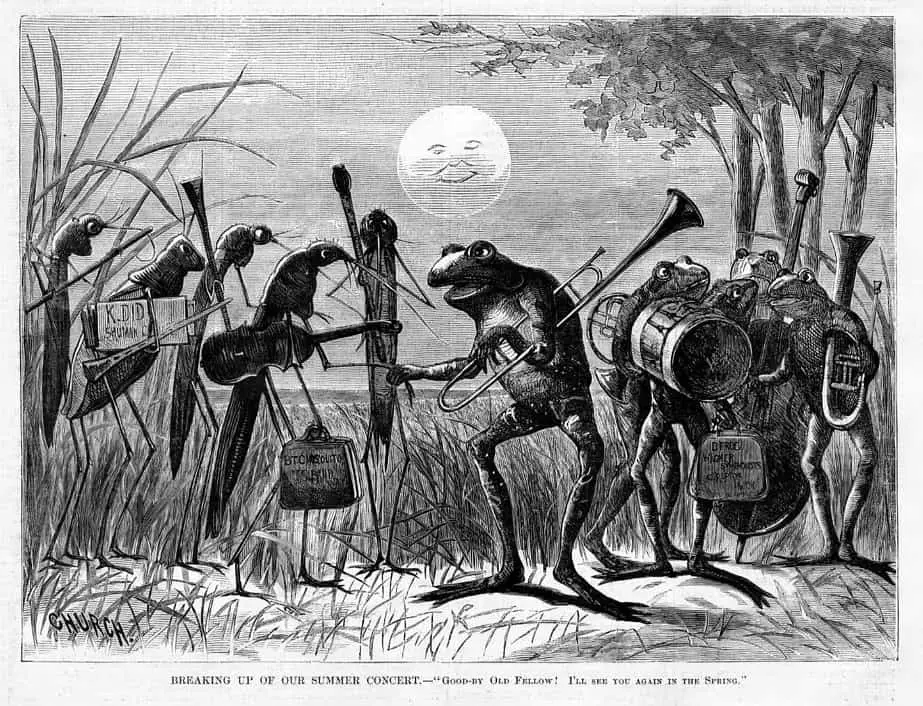
In stories, mice are to rats as frogs are to toads. Unlike hares and rabbits, toads and frogs are actually the same category of animal, but one has garnered a better reputation. I’ve heard ‘toad’ used as an insult, but I’ve only ever heard ‘froggy’ to describe the shape of someone’s mouth. Neither is especially…
-
Disorientation And Spatial Horror In Fiction
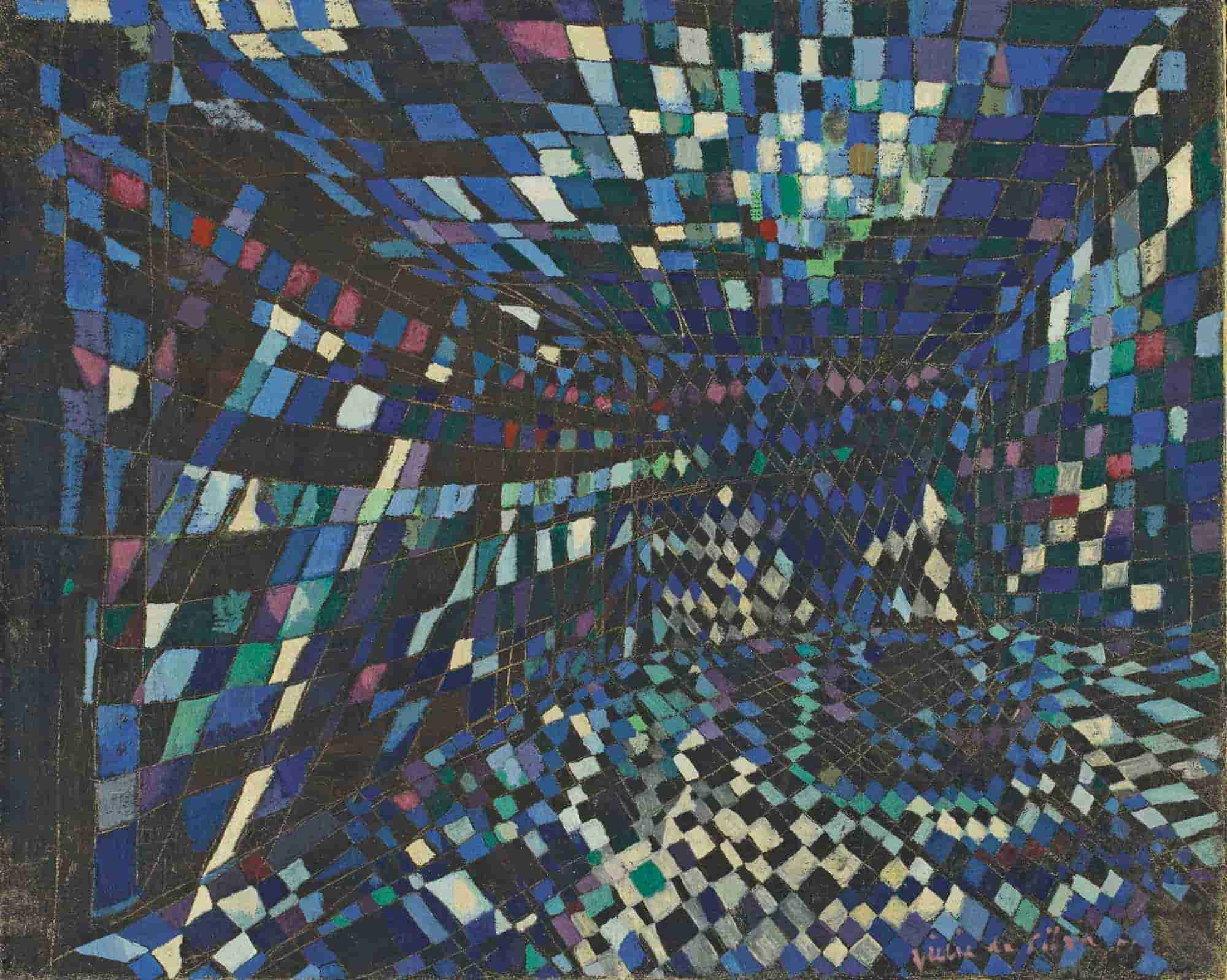
I’ve been thinking about ways in which a storyteller creates a sense of unease for the audience, but spatially. We might call this spatial horror. I’m talking about disorientation, dizziness, light-headedness, fear of falling, and various senses outlined in the graphic below.
-
Symbolism of Shoes, Feet and Footprints
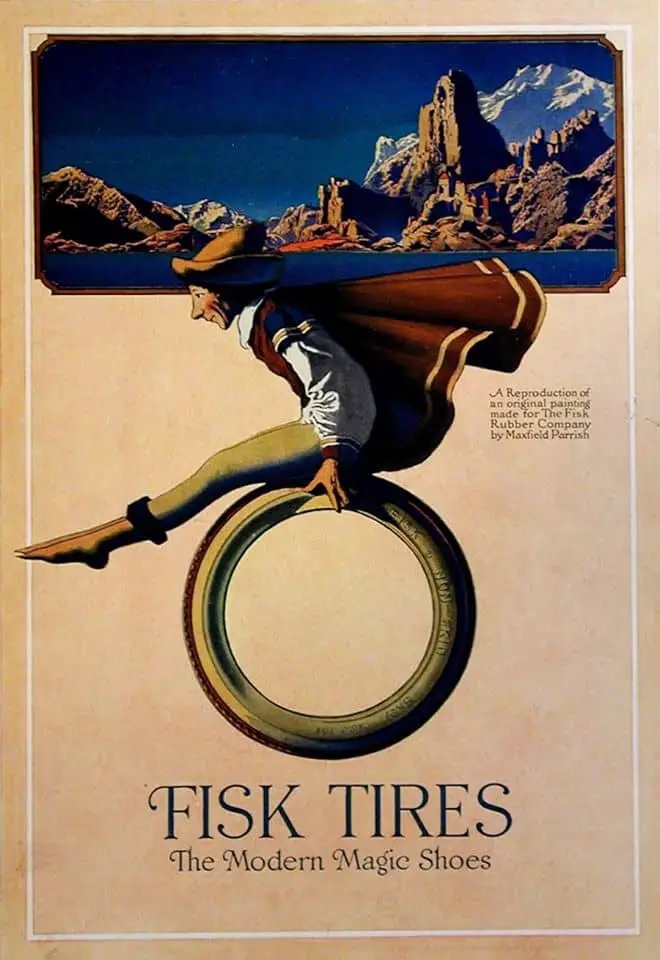
Shoes and footwear contain plenty of symbolic meaning. Horse shoes are different again, but I’ll include horse shoes here for comparison. Early Nancy Drew stories were high concept hooks which generally paired two disparate things which are nonetheless related in some obscure way. In The Clue of the Tapping Heels, those two things are tap…
-
Snow White and Rose Red Fairytale Analysis
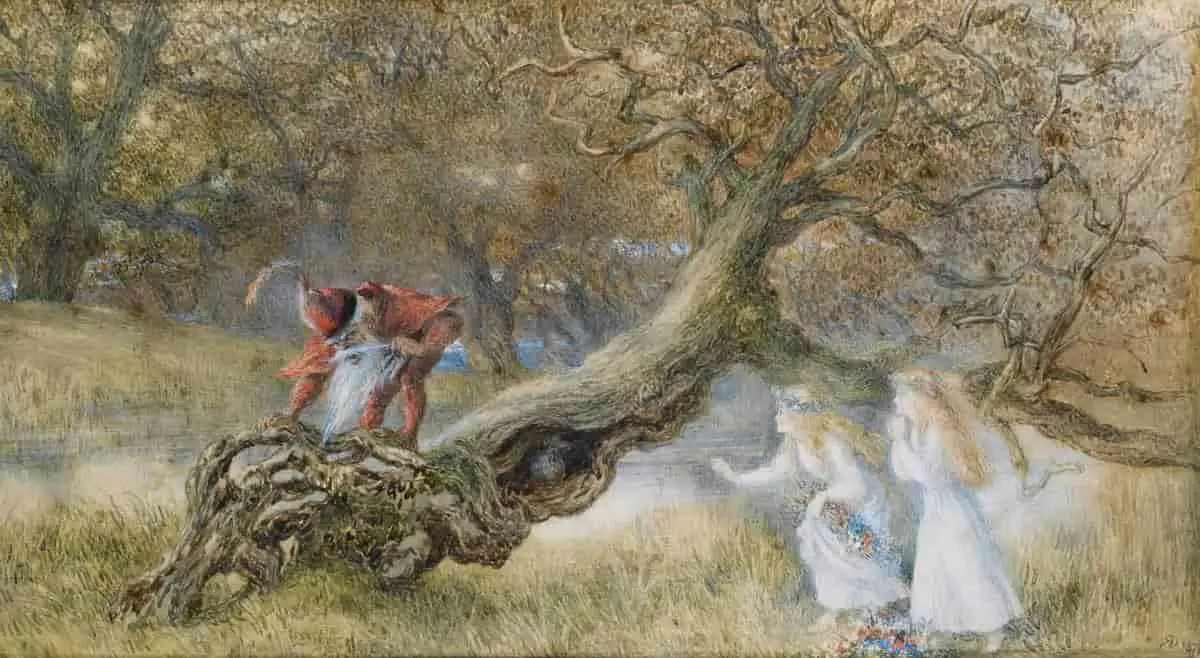
There are many slightly-altered versions of “Snow White and Rose Red” but I’ll refer to a version set down by the Grimm Brothers. This is the story of a lesser known Snow White.
-
The Symbolism of Crossroads
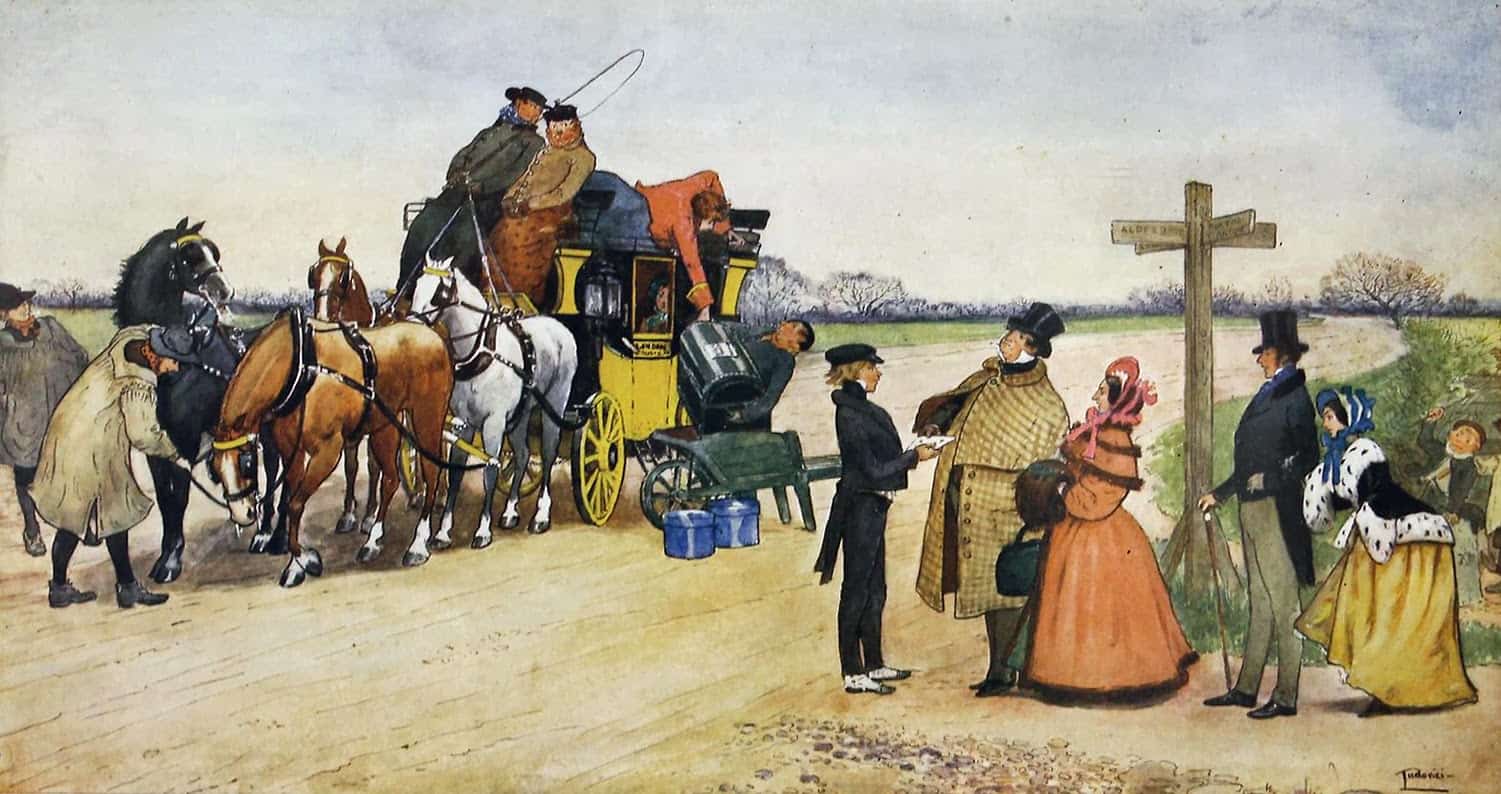
Crossroads in storytelling often indicated the place/time of decision. A anagnorisis occurs after the decision has been made. Character arc or penance follows. The ur-crossroads story features a character with special skills, who has supposedly traded his soul with the devil. One such story, attached to an actual person, is the story of Robert Johnson, who was so good…
-
Something Childish But Very Natural by Katherine Mansfield Short Story Analysis
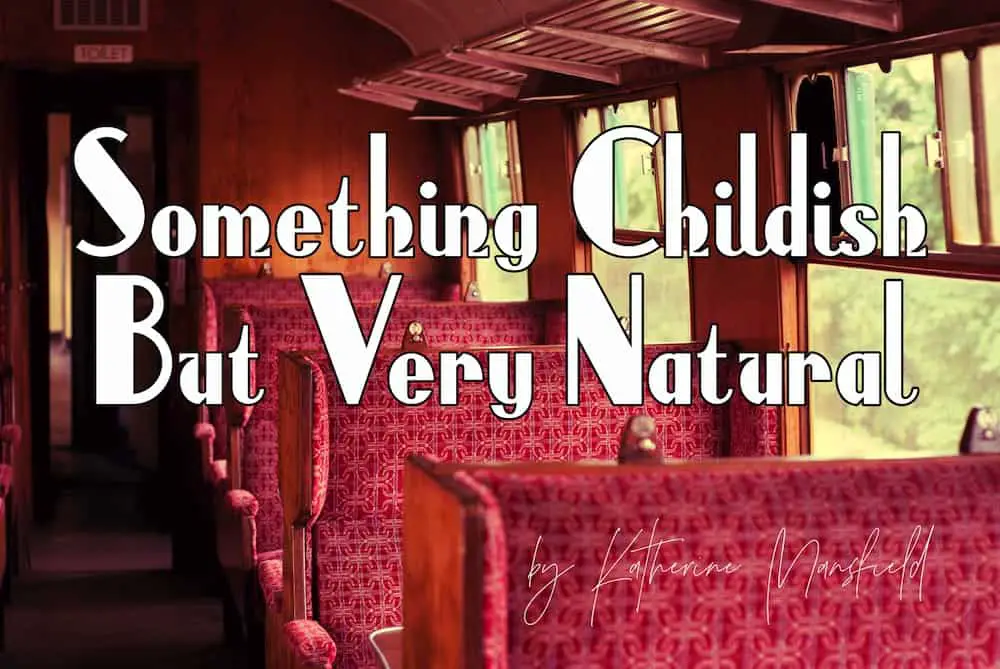
“Something Childish But Very Natural” is a short story by Katherine Mansfield, published 1913, 1924. The story is named after a poem Harry reads in the book-stall. The poem is by Samuel Taylor Coleridge. This poem provides Mansfield’s re-visioning with a nutshell emotional arc:
-
The Cider Duck by Joan Woodberry Analysis
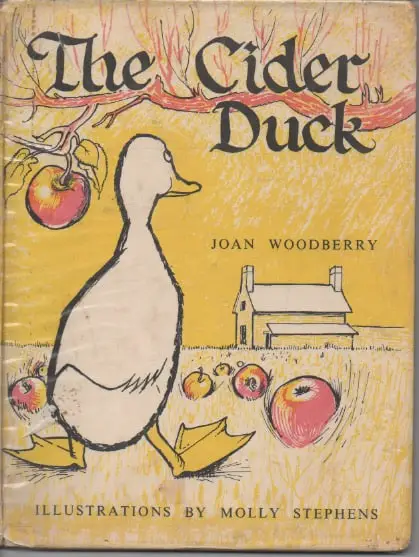
The Cider Duck (1969) is an Australian picture book written by Joan Woodberry and illustrated by Molly Stephens. ABOUT THE AUTHOR AND ILLUSTRATOR Joan Woodberry (1921-2010) was an influential, widely-travelled Tasmanian feminist whose efforts made women’s lives palpably better in Tasmania. Finding information on Molly Stephens is a little more difficult partly because she was…
-
Swamps, Marshes, Quicksand And Sinking In Storytelling
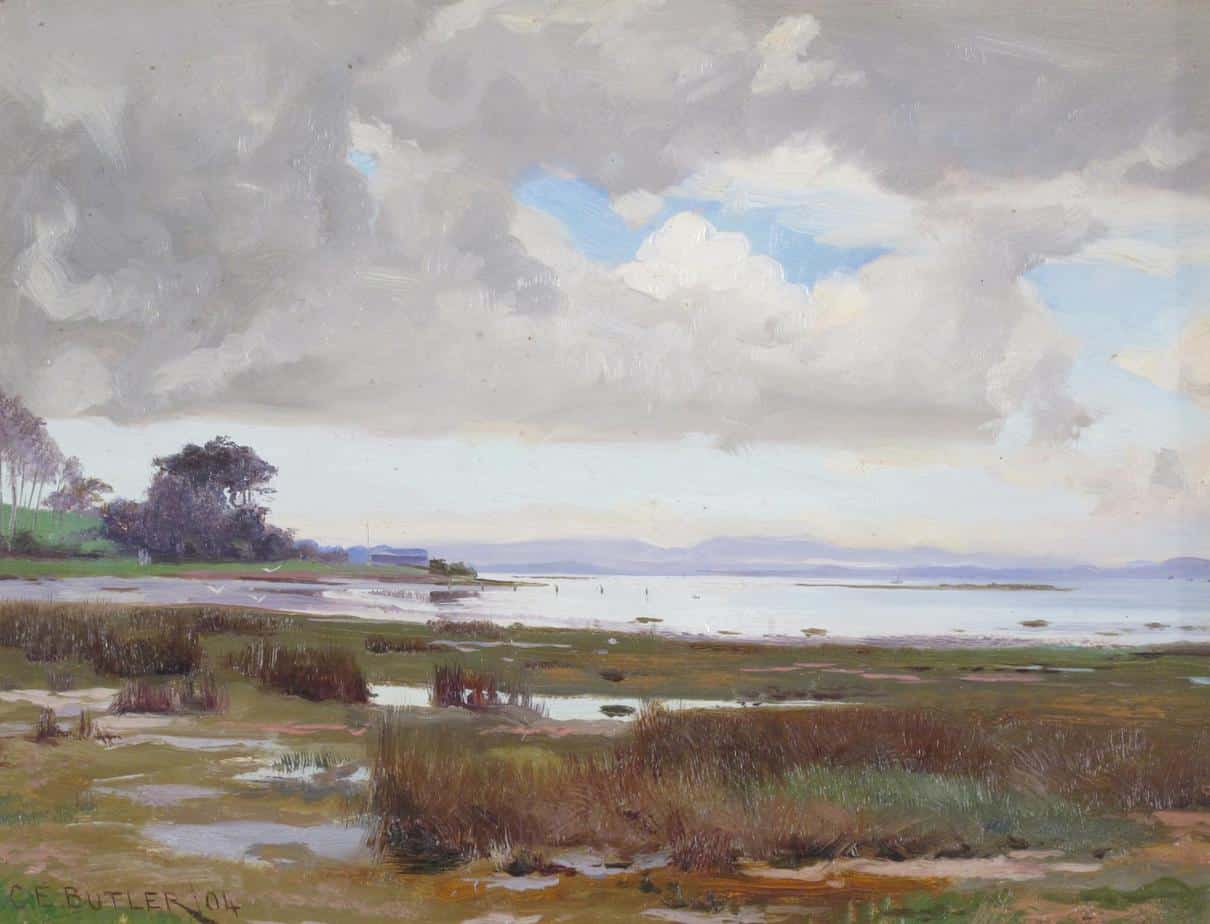
Here’s one little-known aspect of existing as a Gen X — the fear of sinking to death in sand. Perhaps you escaped this particular horror if your television exposure was moderated, but I’ve asked around, and I’m not the only child of the 80s to approach wet, sandy areas with extreme caution. Films and cartoons…
-
The Lumber-Room by Saki Short Story Analysis
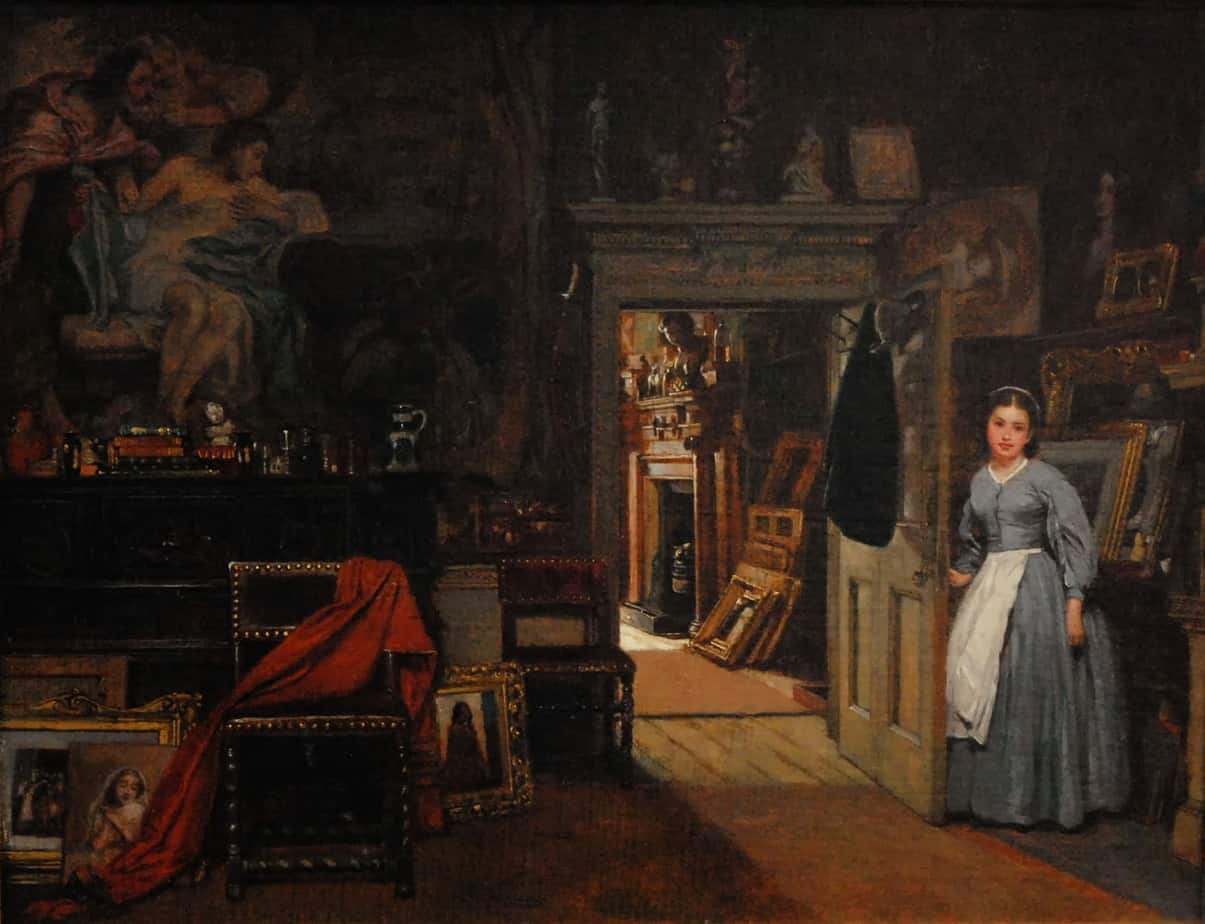
“The Lumber-Room” by H.H. Monro (Saki) is one of the short stories from Beasts and Super-Beasts, published 1914, though it was first published in a newspaper. He died two years later in the war. Significantly for this short story, Saki was gay. There’s something very Peter Rabbit about this short story for adults. Peter Rabbit…
-
The Scary Kitchen in Children’s Stories
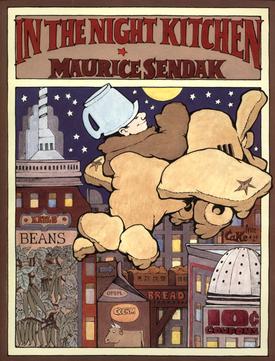
Most often, kitchens in children’s literature serve as metonyms of familial happiness, but every so often you do find a scary kitchen in which not all is well. The kitchen is the perfect place for a scary scene because it is at once close to home (in fact the hub of the home) and contains…
-
Rabbits and Hares in Art and Storytelling

Rabbits are strongly associated with babies and early childhood. They appear often in stories and art for children. But what about hares?
-
Insults and Swearing In Children’s Literature
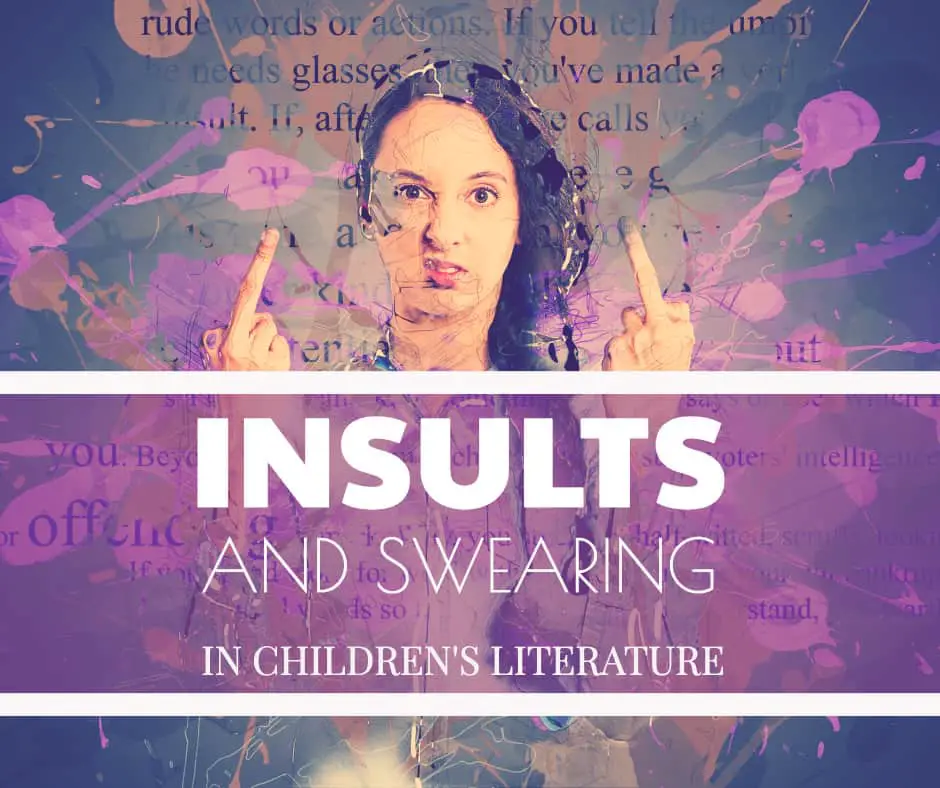
Sticks and stones can break our bones, but words can break our hearts. Tim Minchin A quandary for writers of middle grade fiction in particular: By about age ten, regular kids have heard all the insults out there. They may hear far more insulting language than adults do on a daily basis. (Did you get…
-
The Doll’s House by Katherine Mansfield Short Story Analysis
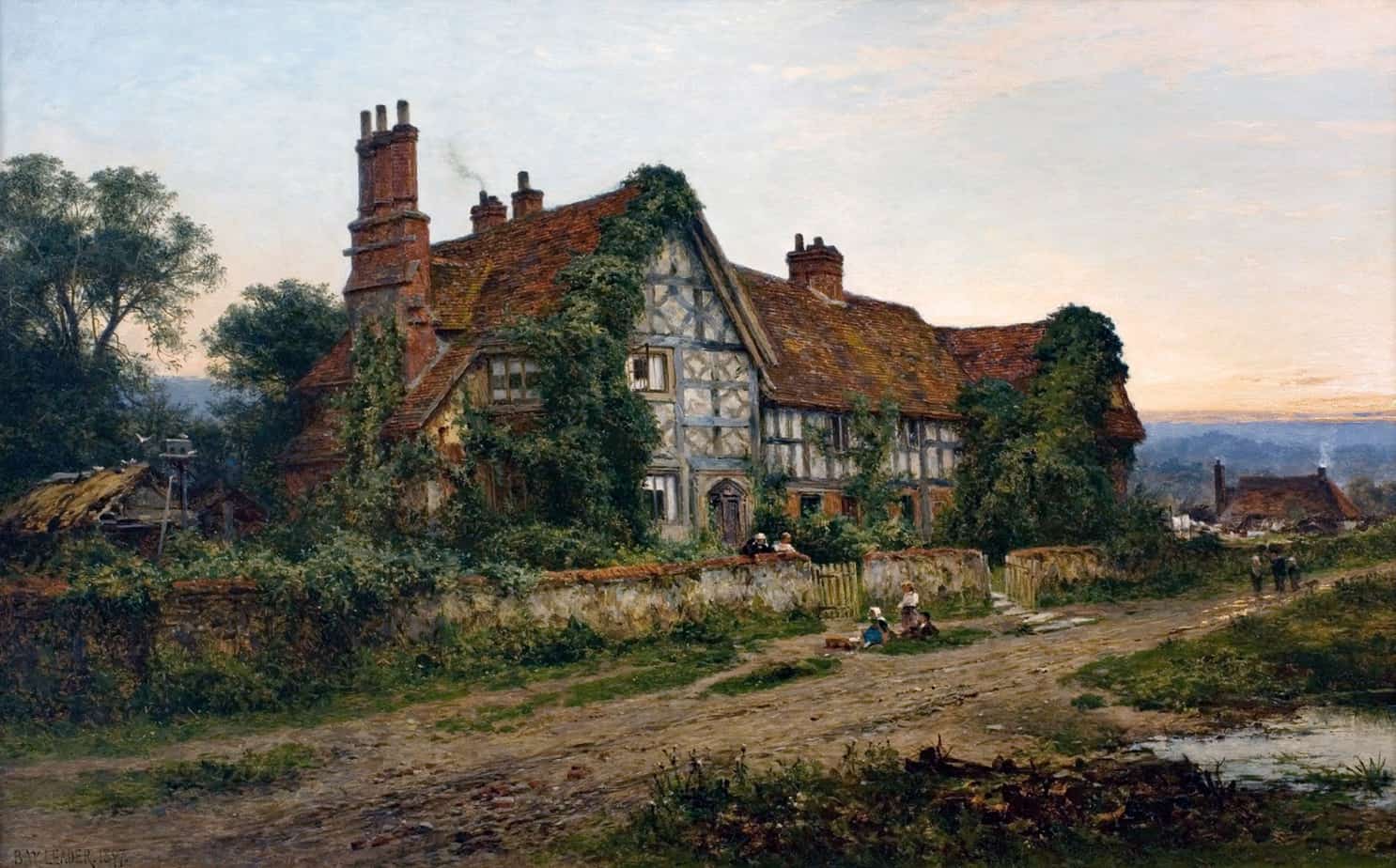
“The Doll’s House” is a short story by Katherine Mansfield, set in New Zealand, written 1922. This is Mansfield’s most accessible story, and a good introduction to her work. Its main themes are seen across children’s literature as well. Unlike stories such as “The Garden Party” and “Bliss”, the reader is not required to fill…
-
Tiny Books For Kids Who Love Cute Things
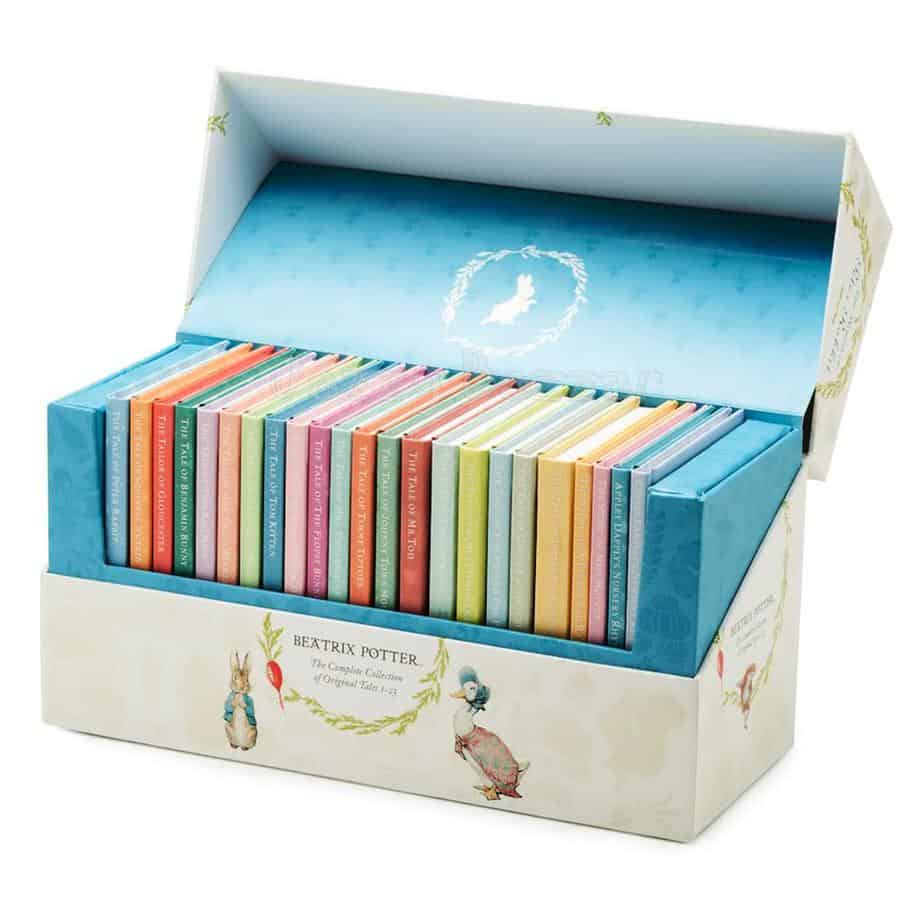
My kidis not a wide reader but will read the same illustrated series over and over again, and also anything tiny. She loves Sylvanian Families, bugs and tiny books. In an effort to get her reading more widely I asked for recommendations from people who know kids’ books. Here’s what they suggested: THE BEATRIX POTTER…
-
Narration and Storytelling: Diegetic Levels
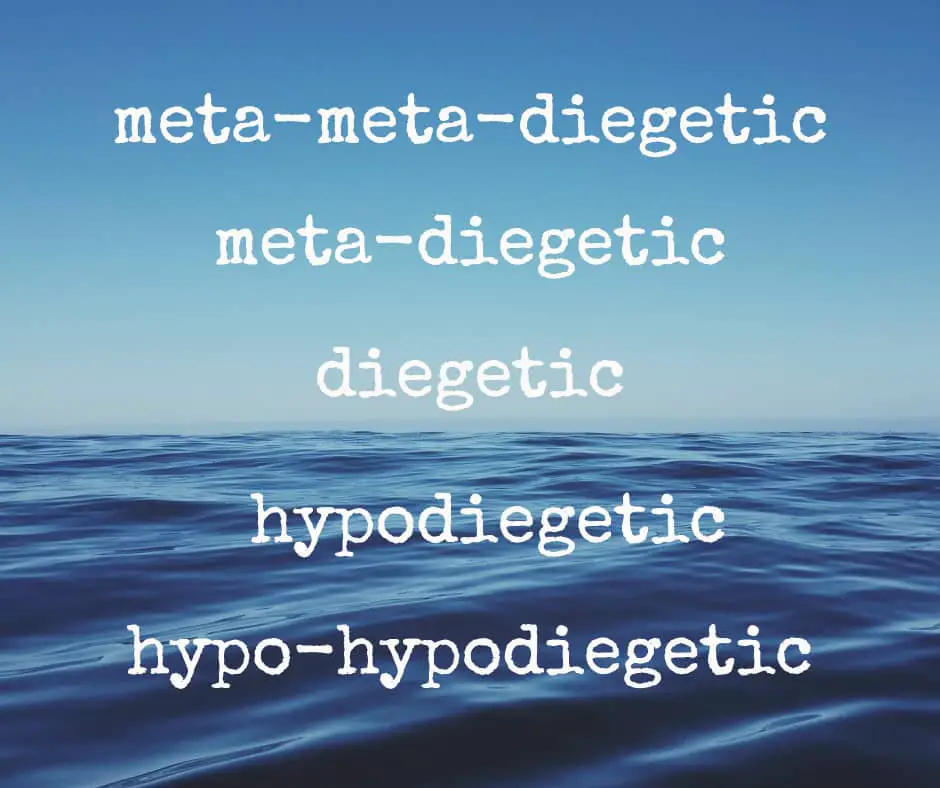
When discussing ‘diegetic levels’ of a story, imagine a ground floor. Level zero. All events and characters featured on this level are part of the story. Level zero is the normal, basic narrative level in a text. A story may not have any other levels, but it will at least have a ground floor. This…